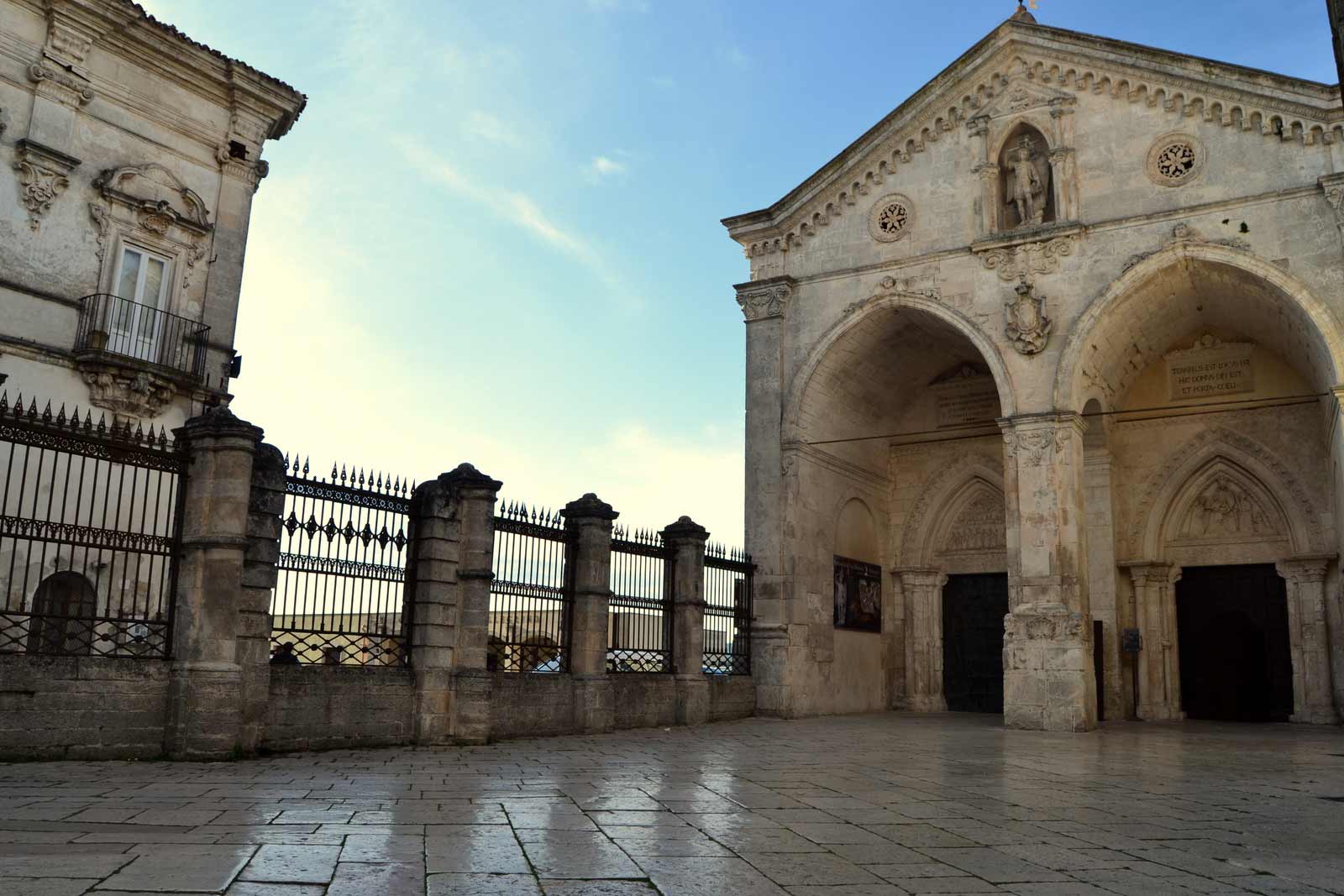SANCTUARY
BASILICA OF THE HOLY HOUSE IN LORETO
Defined as the Italian “Lourdes”, the Basilica della Santa Casa in Loreto, in the province of Ancona, is another of the most visited Marian sanctuaries ever. Built in the 4th century according to legend, it would actually be the authentic Holy House of Mary, the place where she received the visit of the angel and the announcement of the birth of Jesus. The house would have been transported from Nazareth to here by the angels to preserve it from the Turkish invasion. The veneration of Our Lady of Loreto is above all linked to the human and family dimension of the Virgin, but also of Jesus who became man. A pilgrimage destination for countless faithful and pilgrims, it was the scene of miraculous healings and, in general, it was a refuge and comfort for anyone who went there, burdened by the suffering of body and mind. The Lauretan litanies were also born here, the supplications that are recited or sung at the end of the Rosary. A curiosity: the legend according to which it was the angels in flight that transported the house here meant that the Madonna of Loreto became Patron Saint of Aviation and in general of those who move in the air.
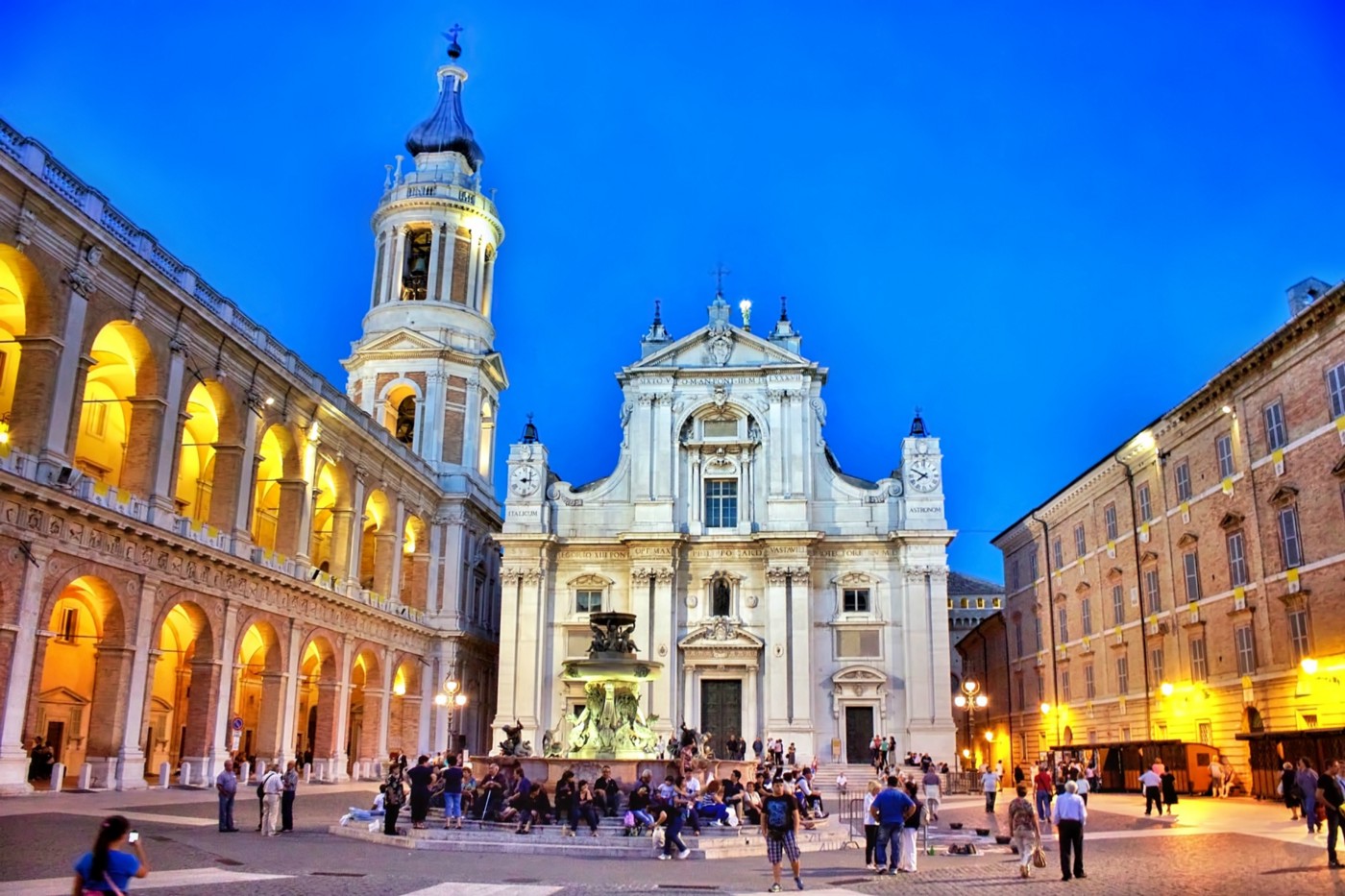
BASILICA OF SANTA MARIA DEGLI ANGELI OF ASSISI
The basilica of Santa Maria degli Angeli was practically built around the Porziuncola, the chapel in which Saint Francis of Assisi prayed, which was consecrated to Santa Maria degli Angeli, one of the Marian titles with which Catholics address Mary. In memory of this devotion, which the Saint of Assisi felt deeply, a gilded bronze statue of the Madonna was placed on the facade of the basilica. Created to contain the Porziuncola, but also the Cappella del Transito, the ancient infirmary of the Franciscan convent where San Francesco died after completing the Canticle of the Creatures, and that of the Roseto, the scene of one of the most famous miracles of San Francesco, it is built with clean and essential lines. In addition to a famous and loved Marian shrine, it represents the very heart of Franciscan spirituality.
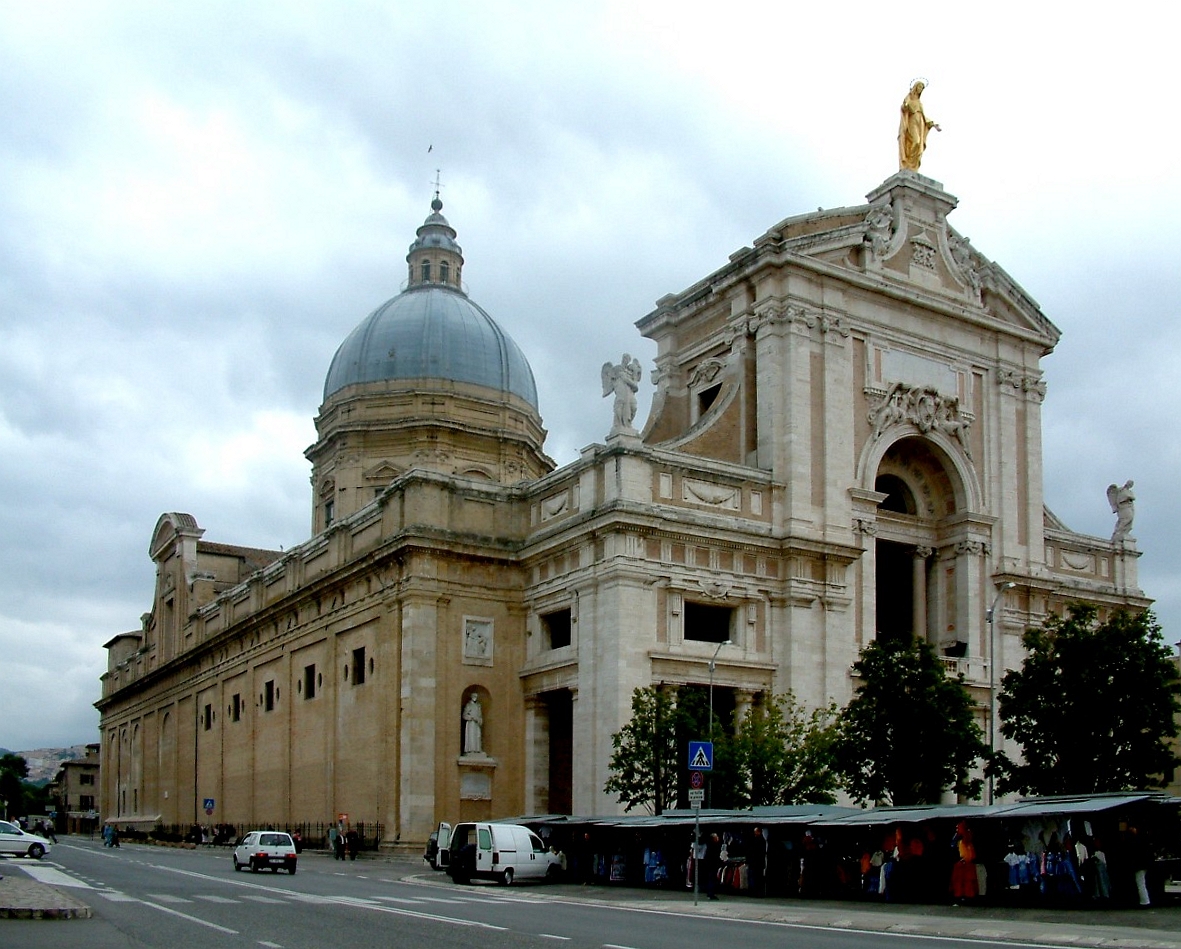
SANCTUARY OF THE MADONNA OF SAN LUCA
More properly a basilica, the Sanctuary of the Blessed Virgin of San Luca stands on the wooded peak of Colle della Guardia, just outside Bologna. Its construction and consecration is linked to an icon depicting the Madonna and Child Jesus and which has been attributed to Saint Luke himself. A Greek pilgrim would have brought it here from the basilica of Santa Sofia, where it had been entrusted to him by the priests with the recommendation that he take it to Monte della Guardia. The construction of the sanctuary is instead attributed to Angelica Bonfantini, a noblewoman who decided to live as a hermit leaving all her possessions, and who had the church of Santa Maria della Guardia built, the first nucleus of the Sanctuary. Many miracles and graces are attributed over the centuries to the icon of the Madonna della Guardia, which over the centuries has often been taken from the Sanctuary and carried in procession into the city. The depiction of the Virgin is one of those defined hodigitria, “She who shows the Way”, the “Madonna of travellers”.
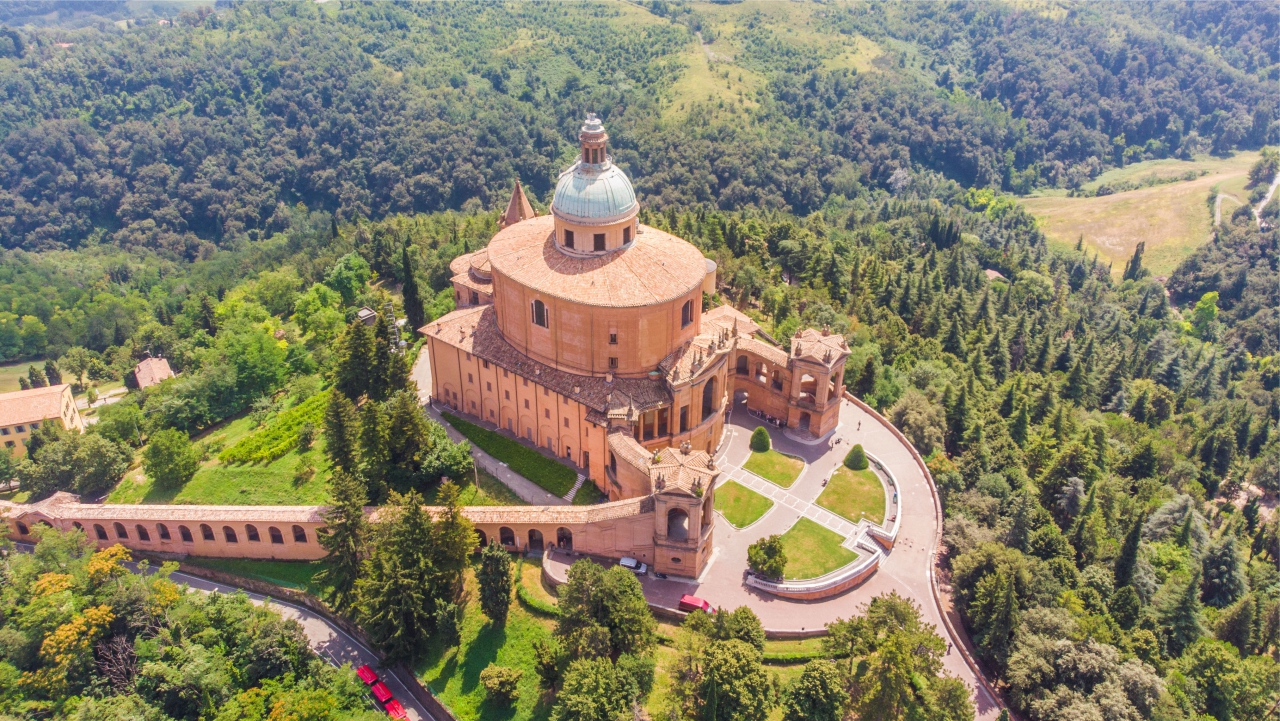
SANCTUARY OF THE MADONNA DELLA GUARDIA OF GENOA
On Monte Figogna, in Ceranesi, visible to anyone approaching Genoa and leaning over the city like a silent guardian, stands “la Guardia”, as it is called by the Genoese, or the Sanctuary of Our Lady of the Guard. Built at the end of the 15th century, it is of impressive dimensions, so much so that it has been elevated to the rank of minor basilica, and houses a statue of the Virgin placed behind the main altar. Pilgrims are welcomed in the Apparition Chapel. The Marian title of Our Lady of the Guard was born right here, in this sanctuary, built to commemorate the apparition of the Madonna to Benedetto Pareto in 1490. The Virgin asked the humble farmer to have a sanctuary erected in her name, but he dissuade his wife and those who called him a visionary. A tragic fall brought him to the end of his life, and then, invoking the grace of the Madonna, Benedetto Pareto promised to fulfill his promise and was saved. For this reason, in traditional iconography, the Madonna della Guardia is always represented with Benedict kneeling before her.
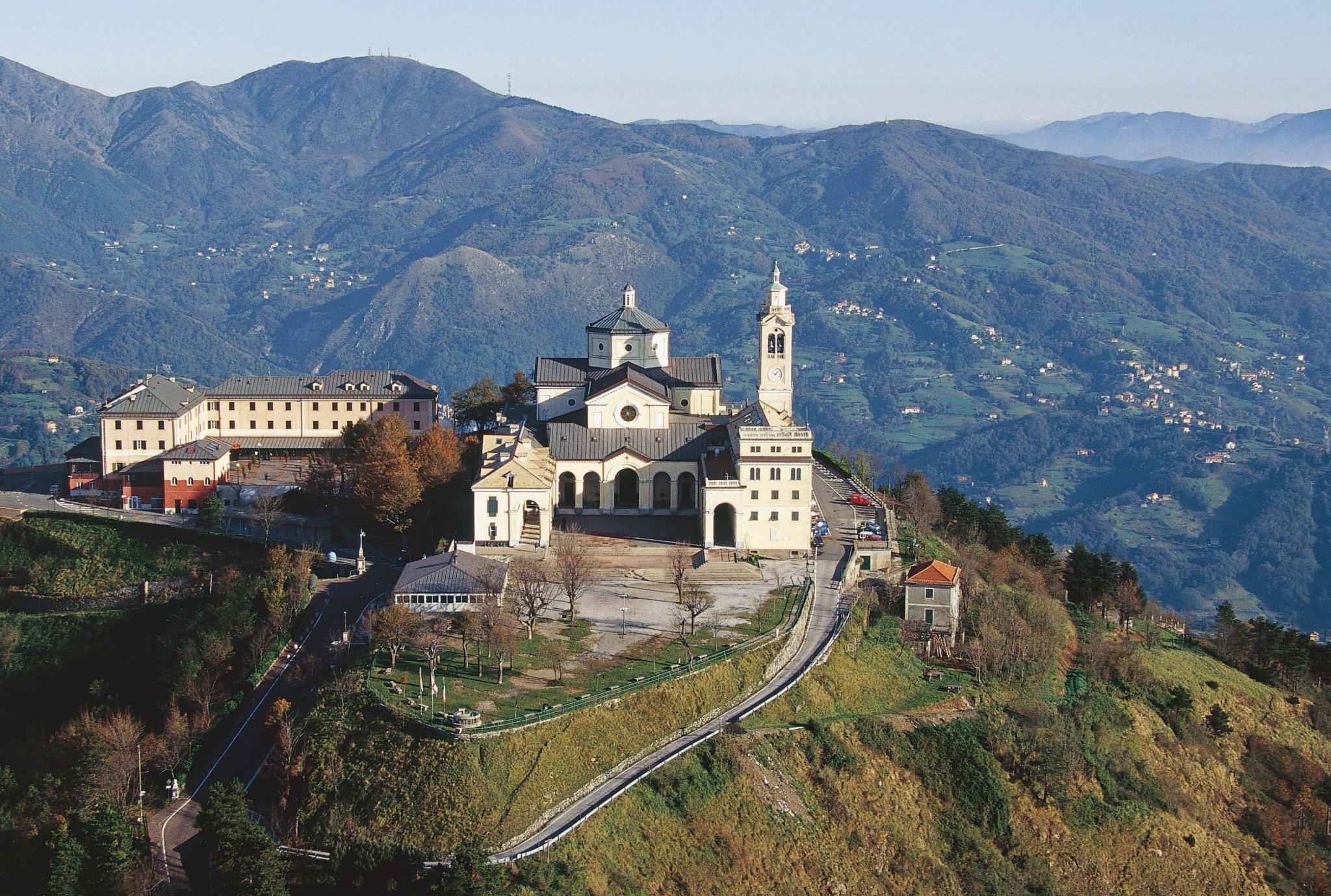
SANCTUARY OF MARY SANTISSIMA ADDOLORATA IN PIETRALBA
In Trentino Alto Adige there is another famous sanctuary dedicated to the Madonna. The locality is Nova Ponente, the Sanctuary is that of Pietralba. It stands on a hill, in a magnificent position, from a landscape point of view, between meadows and woods with which the beautiful baroque church blends. Also in this case, and as often happens, the devotion was born and developed around an image of the Virgin, this time a small alabaster Pietà, only 20 centimeters high, kept here since 1547, first in a chapel, then into the beautiful white church built by devotees. The devotion of which, over the centuries, has been such that it was necessary to replace the image with a copy, because they were consuming it by dint of kisses.
In 1988 Pope John Paul II visited the Sanctuary and granted a plenary indulgence to anyone who would have visited the place that guarded the Our Lady of Sorrows.
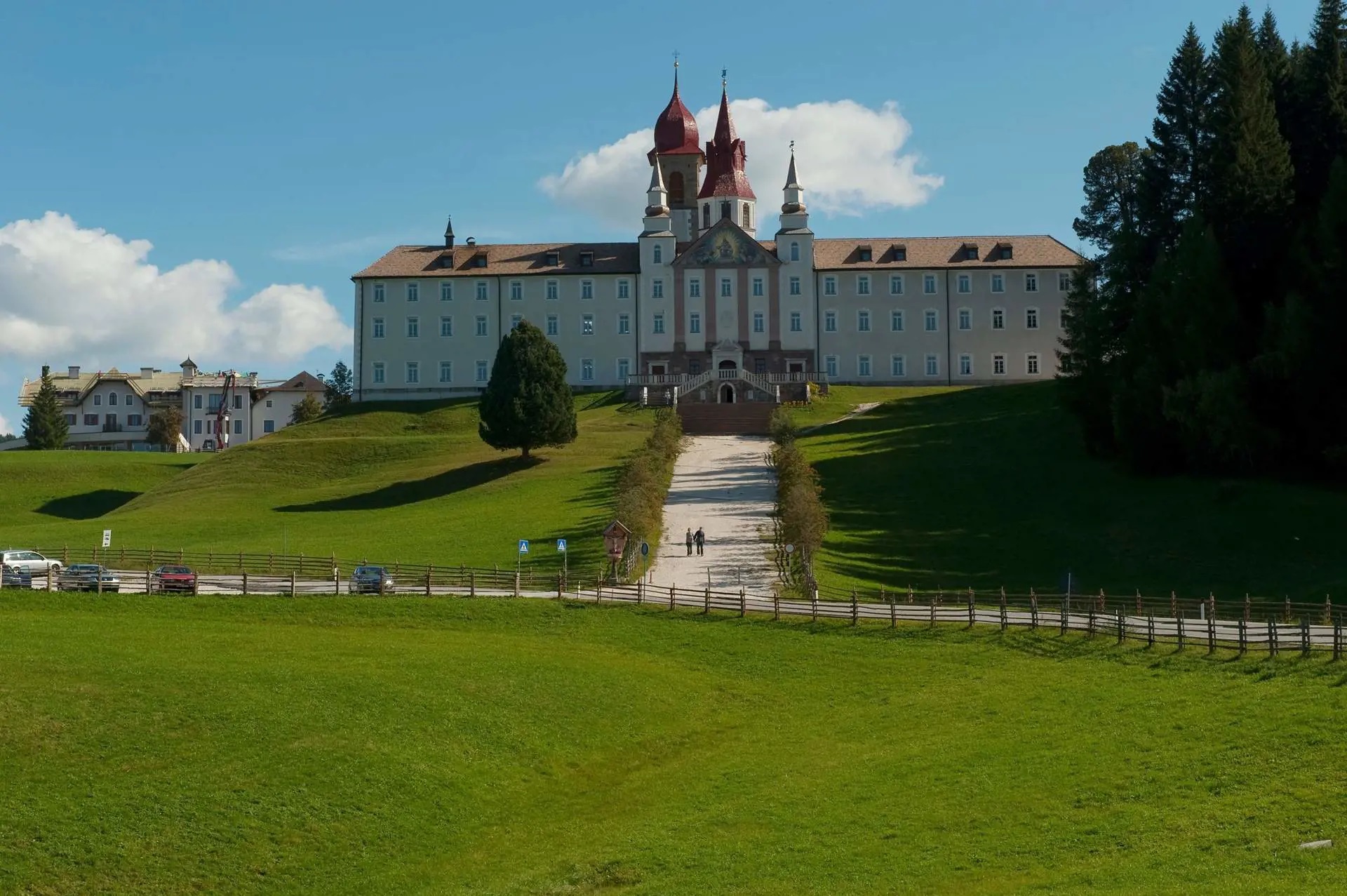
SANCTUARY OF THE MADONNA OF DIVINE LOVE IN ROME
Located in the countryside just outside Rome, in Castel di Leva, the Sanctuary of the Madonna del Divino Amore stands out not only as a place of miracles and constant pilgrimages, which make it more frequented than many more illustrious churches in the capital, but also as a preferred destination for trips outside the city of the Romans. Born around an ancient depiction of the Madonna enthroned holding the Child Jesus in her arms, and on whose head a dove, symbol of the Holy Spirit, hovers, the Sanctuary of Divine Love draws precisely from this dual devotion, to the Virgin and the Holy Spirit , its fame and the constant influx of faithful, who also take advantage of the frequent and suggestive nocturnal pilgrimages to go to this place of worship and bring their ex-votos to the Madonna.
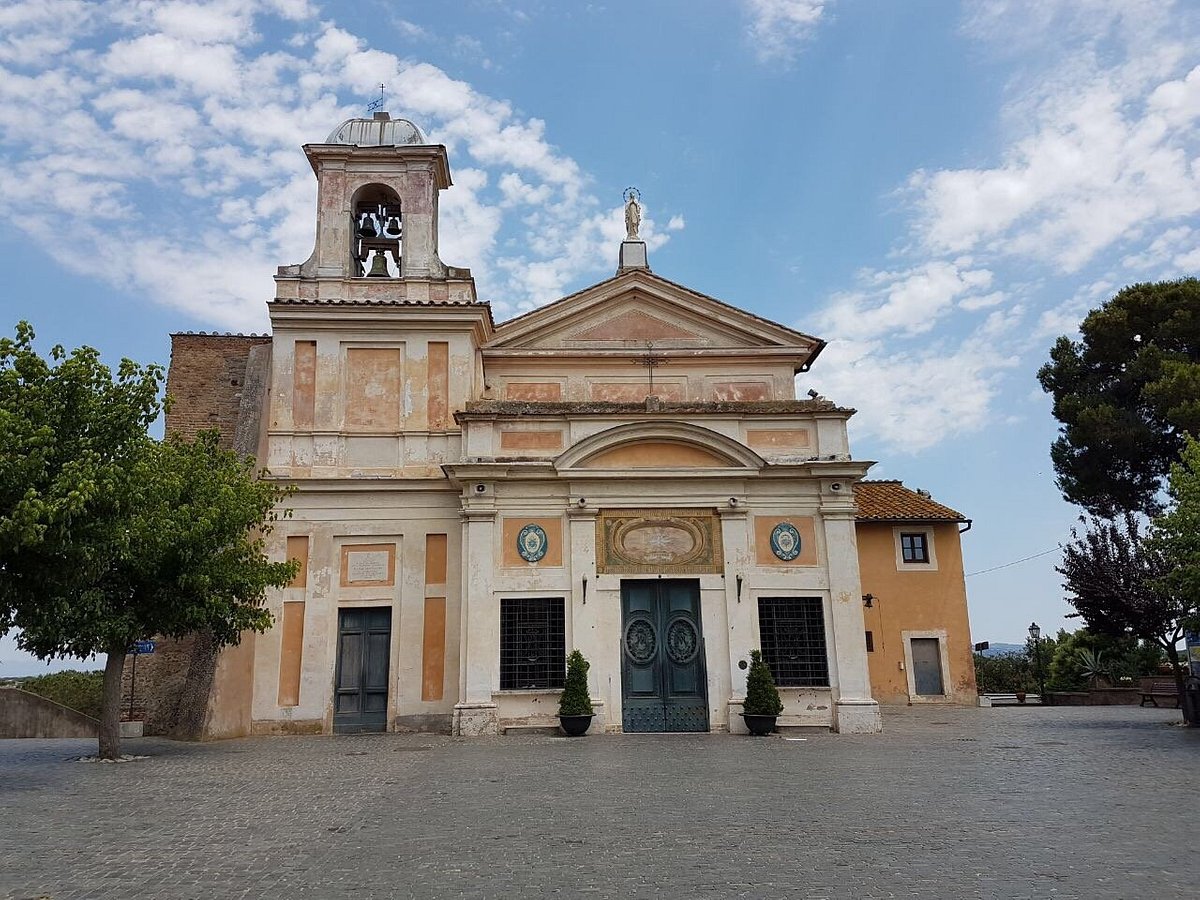
SANCTUARY OF THE MADONNA DELLA CORONA IN CAPRINO VERONESE
The last Marian sanctuary that we are examining is perhaps also one of the most evocative, from a logistical point of view. This is the Sanctuary of the Madonna della Corona, built in a recess dug into the side of Monte Baldo, on the border between Caprino Veronese and Ferrara di Monte Baldo, in the province of Verona, at an impressive 774 meters above sea level. Overlooking a precipice, it is one of the most famous pilgrimage destinations in the world, with its 600-metre drop and 1,500 steps that pilgrims have climbed for centuries. The Sanctuary of the Madonna della Corona was built in the 15th century to honor the appearance of the statue of Our Lady of Sorrows, a small painted stone Pietà that was located in the city of Rhodes besieged by the Turks in 1522, but miraculously appeared right here. Born as a place of hermitage, the Sanctuary was then enlarged thanks to the Knights of Malta. Although today the Sanctuary can be reached by car, following the paved road, many pilgrims choose to walk at least the long staircase built in imitation of the Scala Santa of the basilica of San Giovanni in Laterano in Rome, kneeling on each of the twenty-eight steps and recalling the moments of the Passion of Jesus.
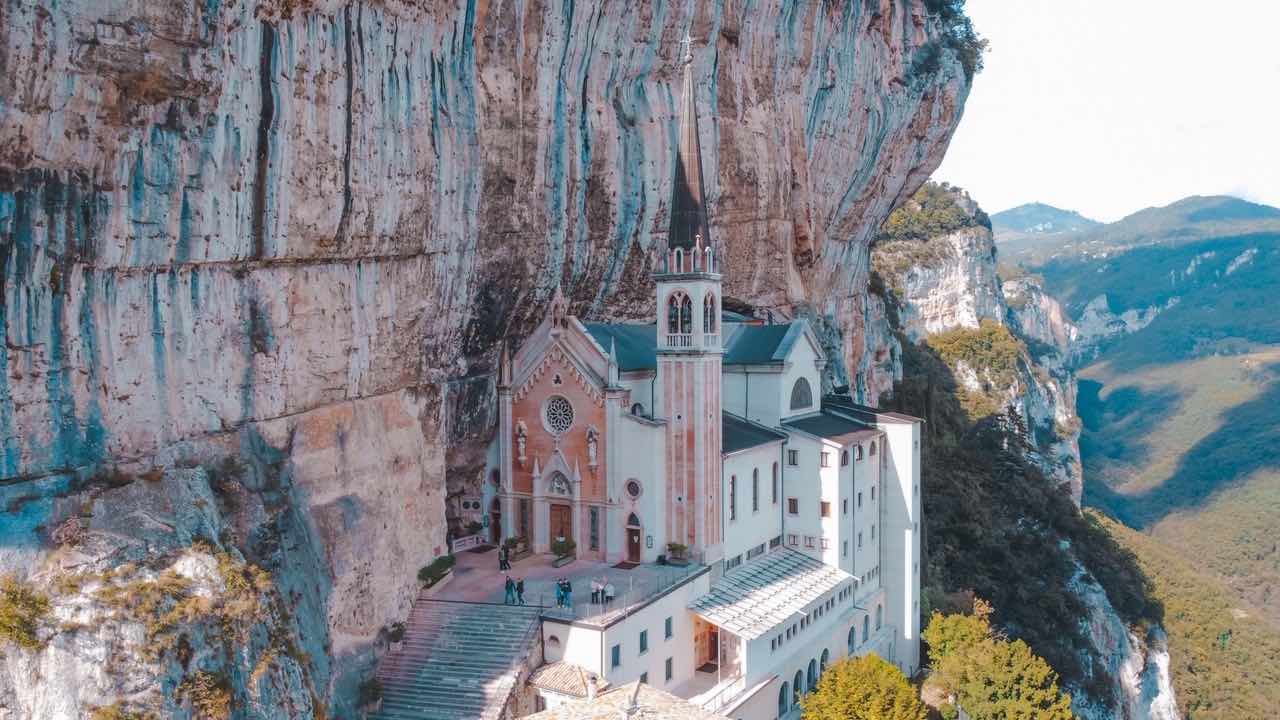
SANCTUARY OF SAN MICHELE ARCANGELO AT MONTE SANT’ANGELO
When the people of the Lombards saw the Saint with an unsheathed sword and the devil crushed under his foot, they had to mistake him for the divine Odin: in 650 he became its patron and the precursors of today’s sanctuary, located in the province of Foggia, became a point of reference for the whole ‘West.
The Via Sacra dei Longobardi linked the places of Michael’s cult not only in the south, given that it is in perfect alignment with Mont Saint-Michel in Normandy and with Jerusalem, passing through the Sacra in Val di Susa: exactly 1,000 kilometers from each other ‘other. The Celeste Basilica has 15 centuries of history, the only sanctuary in the world not to have been consecrated by man, but directly by the Archangel.
And a civilization made up of hostels specially created by the Templars and escort services entrusted to the Knights of Malta to protect pilgrims, who, if directed by the prince of the divine militias, enjoyed the prerogatives of a king’s convoy.
